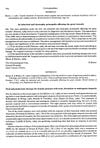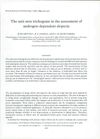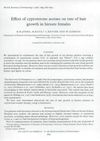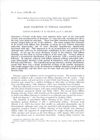Measurement of Hair Growth
March 1986
in “
Clinical and Experimental Dermatology
”
hair roots histological methods trichograms scalp hair forearm hair thigh hair dermatoses monilethrix anagen hairs telogen hairs androgenic alopecia laser beam diffraction hair roots histology trichograms scalp hair forearm hair thigh hair skin conditions monilethrix growing hairs resting hairs male pattern baldness laser measurement
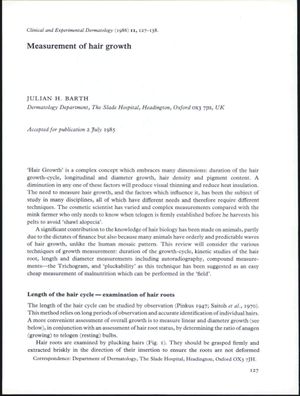
TLDR Scalp hair grows at 0.37 mm/day, forearm hair at 0.18 mm/day, and thigh hair at 0.30 mm/day, with no significant differences found in people with certain hair conditions.
In 1986, a study reviewed multiple techniques for measuring hair growth, including analysis of hair roots, histological methods, and the development of trichograms. The study involved three women and found that scalp hair grew at a rate of 0.37 mm/day, forearm hair at 0.18 mm/day, and thigh hair at 0.30 mm/day. No significant differences in growth rates were observed between individuals with certain dermatoses or monilethrix and healthy controls, nor was a circadian rhythm in hair growth detected. The study noted variations in hair diameter, with anagen hairs being thicker than telogen hairs, and in men with androgenic alopecia, both hair types had a similar diameter. Techniques such as laser beam diffraction were used for precise measurements. The document highlighted the complexity of measuring hair growth and the need for various techniques depending on the study's requirements, acknowledging that these methods have been more commonly applied in animal research than in human studies.
